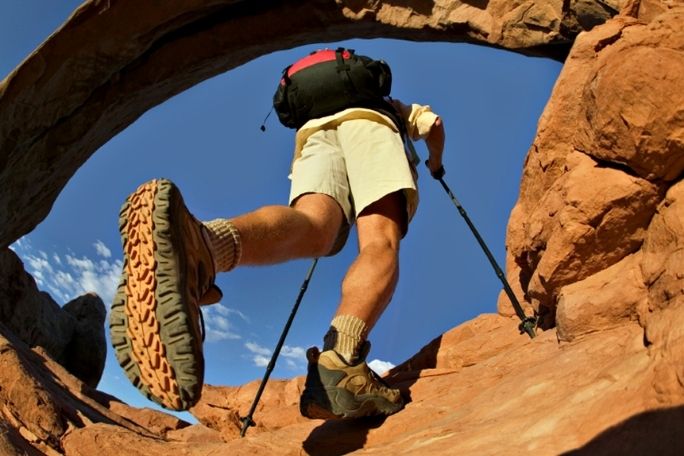Lesson summary
Students will investigate what an ecological footprint is by using an online activity that calculates their ecological footprint. Students will then think about what actions they can take to reduce their footprint.
Learning intentions:
Students will...
- understand what an ecological footprint is.
- know how to use an online tool to calculate their own ecological footprint.
Success criteria:
Students can...
- Know what an ecological footprint is.
- Think critically about what actions they can take to reduce their ecological footprint.
- Follow written instructions in an online tool.
Lesson guides and printables
Curriculum links
Select your curriculum from the options below.
Lesson details
Curriculum mapping
Content Descriptions:
Year 4 Science
- Science knowledge helps people to understand the effect of their actions (ACSHE062)
Year 4 Geography
- The use and management of natural resources and waste, and the different views on how to do this sustainably (ACHASSK090)
Cross-curriculum priority: Sustainability OI.2, OI.3.
Relevant parts of Year 4 Science achievement standards: Students identify when science is used to understand the effect of their actions.
Relevant parts of Year 4 Geography achievement standards: Students identify the interconnections between components of the environment and between people and the environment.
Time required: 60 mins.
Level of teacher scaffolding: Assist students with online tool.
Resources required
- Student Worksheet – one copy per student
- Device capable of presenting a website to the class
- Writing materials
- Tablet/computer with internet access for each student/group of students
Skills
This lesson is designed to build students’ competencies in the following skills:
- Critical thinking
- Digital literacy
Additional info
This is an original Cool.org lesson. Facts and figures in these lessons may have changed since this lesson was published. We always endeavour to update our resources in a timely manner, but if you see an error or issue in our resources please get in touch with us.


Welcome back!
Don't have an account yet?
Log in with:
Create your free Cool.org account.
Many of our resources are free, with an option to upgrade to Cool+ for premium content.
Already have an account?
Sign up with:
By signing up you accept Cool.org's Terms and Conditions(Opens in new tab) and Privacy Policy(Opens in new tab).